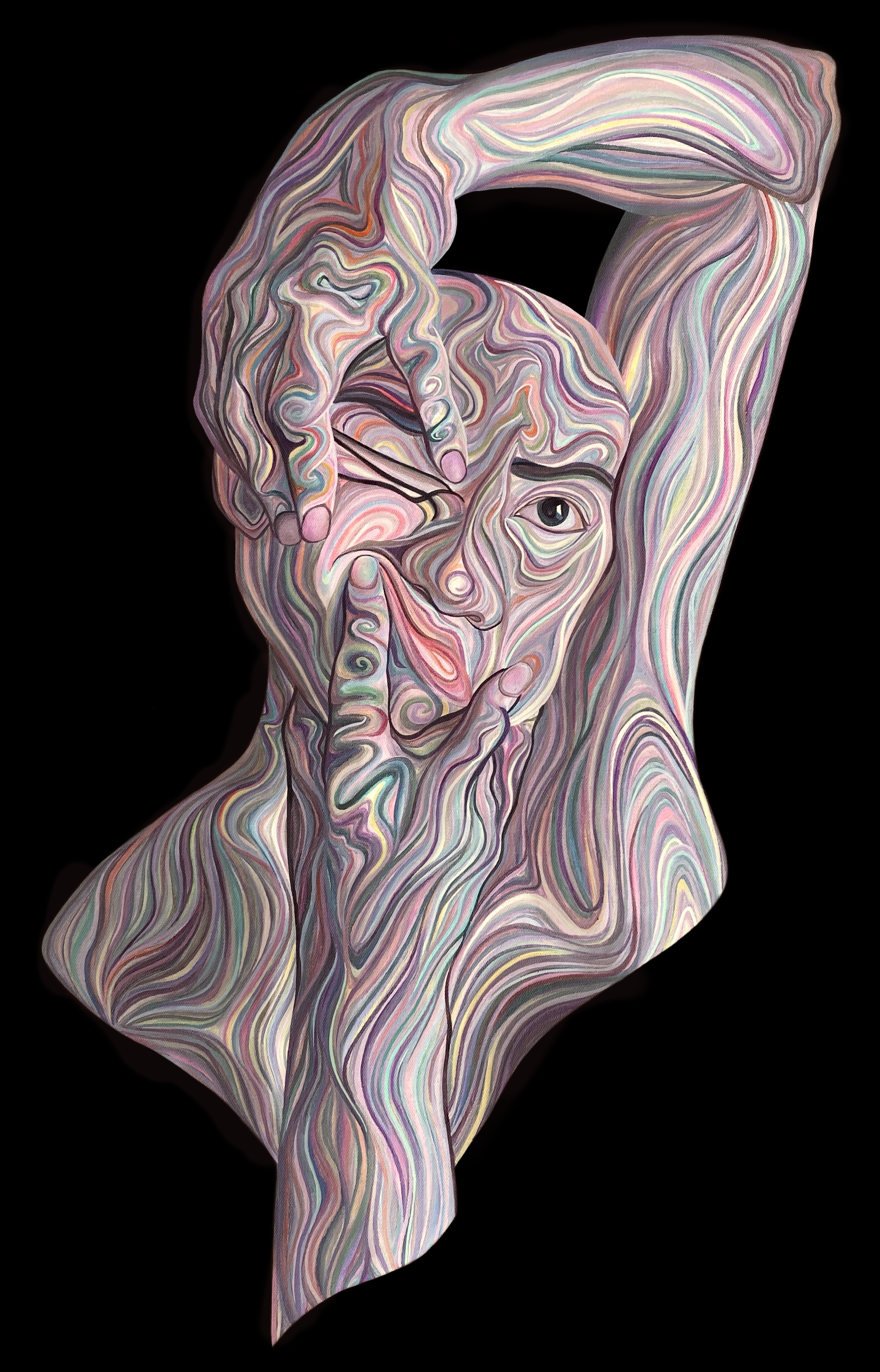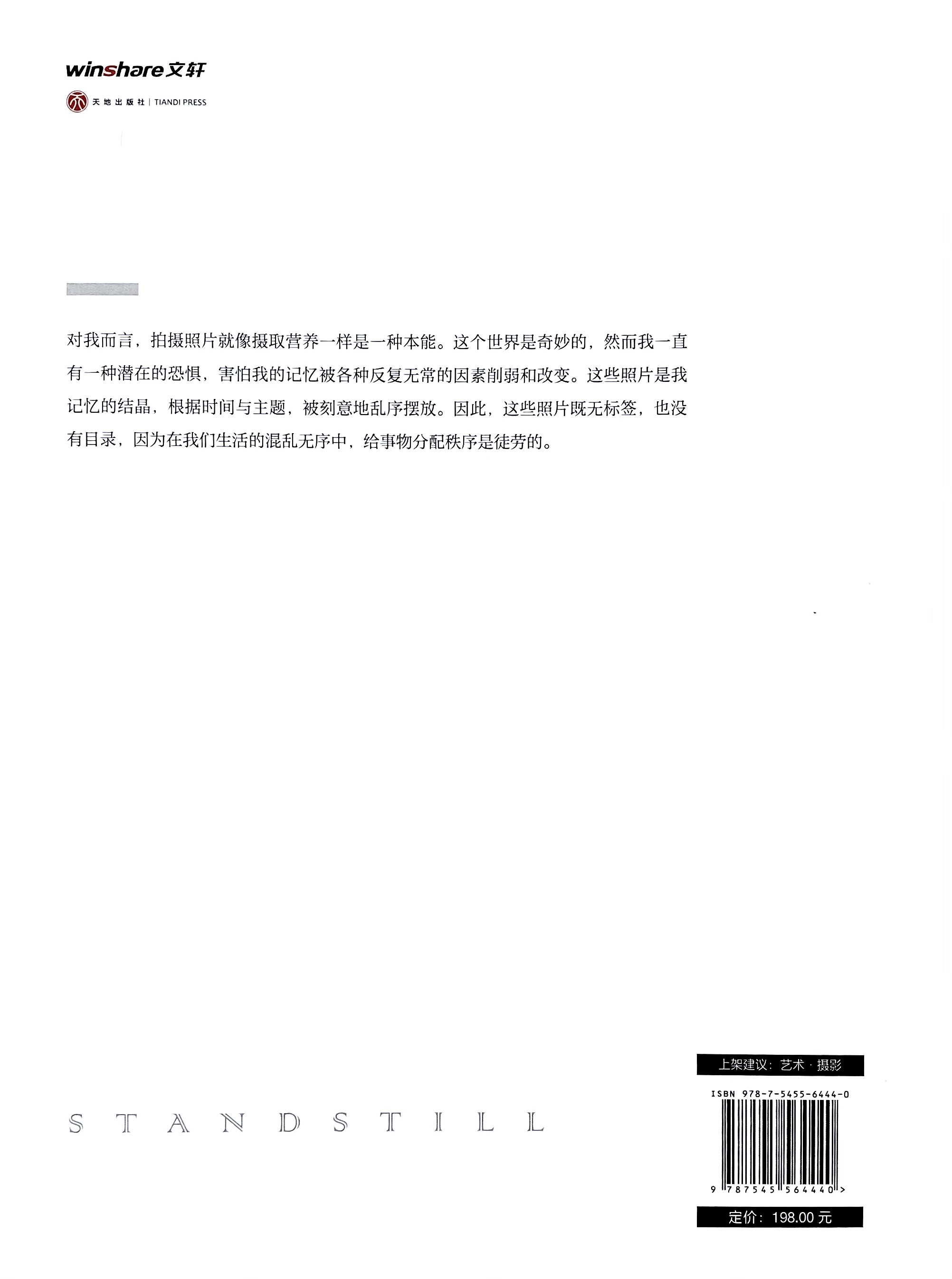Arts

Hypnagogic Hallucinations
Influenced by the movie Madagascar, Hypnagogic Hallucinations is an illustration of my dreamscape. The zebra’s emergence from the pistachio cupcake depicts the random connectivity of daily objects when the mind is fluid and hyper-associative, whereas the balloon doubles as an hourglass to portray the fragility of time as the zebra struggles in a life lacquered by schedules and successive goals. Are dreams inherently meaningful or only gain meaning after we analyze them?

Chessboard of Extinction
Visualizing the conceit likening chess with extinction crises, Chessboard of Extinction stresses how each seemingly innocuous move has ramifications initially indiscernible. The rippling chessboard alludes to the ripple effect, whereas the flamingo with skeletal extensions evokes a surreal tone. The sky’s inverted colour transition thus instils the hope that there is still time to reverse extinction crises with the conjunction of technological developments and vigilant climate change campaigns.

Panache
A response to the concept “memento mori,” the clenched fists in Panache allude to the appropriation of death as a source of power rather than fear, whereas the pearl-like skull subverts conventional beliefs that death is morbid. Without death, our lives would cease to be valuable. Approaches to death is a double-edged sword; we can neither be blind to nor blinded by it. This is a reminder of the inevitability of death and to traverse through every second of life with individuality and panache.

Post-Mortem Rewards
Appropriating Salvador Dalí’s paranoiac-critical method, I stared at the skeleton and flowers to access subconscious imagery in hypnagogia. The skylight represents us; the figure is eternally isolated by the film of glass, in limbo between earthly pleasures and post-mortem rewards. The cracked skylight illustrates the gradual erosion of memories as the figure forgets, and is in turn forgotten by the mortal world. Yet, the flowers—emblem of hope—can perhaps compensate for the stagnancy in death.

Fluidity of the Human Psyche
Inspired by Nikos Gyftakis’ Self Portrait I, Fluidity of the Human Psyche satirizes our attempts to categorize and define ourselves. The meandering lines liken to unchangeable thumbprints, whereas the interplay of colours is reminiscent of lights flowing across a river. It is thus a visualization of my questions regarding individual identities: How much of “us” is truly “us”? Are our psyches set in stone or constantly evolving? Thumbprints, rivers, or unable to be rationalized?

Celsius 232.8
Inspired by Ray Bradbury’s Fahrenheit 451, Celsius 232.8 visualizes the rapidity and ease with which cultures can be devastated by metaphorical fires—be they ignorance or oppression. I experimented with different accelerants to produce flames with varying colours and degrees of intensities, using a combination of turpentine and isopropyl alcohol (3:2) to obtain orange flames as a reflection of Fahrenheit 451’s cover. The time-lapse incorporates Bernard Herrmann’s soundtrack to evoke a sense of urgency.

A Contemporary Bacchae
A reconceptualization of Euripides’ tragedy, A Contemporary Bacchae illustrates maenads intoxicated by Dionysus. The three cocktails—sangria, margarita, dirty martini—allude to malfunctioning traffic lights as the maenads transcend into the realm of ecstasy. It depicts the twin forces of restraint and freedom as the figures are induced by Dionysus to express their human instincts, yet at the same time experience the aftermath of exercising such liberty within a conservative society.

Metamorphosis of Narcissus
A contemporary visualization of Ovid’s Metamorphoses, Metamorphosis of Narcissus illustrates his literal fall into the body of water to parallel Nemesis’ curse for him to fall in love with his reflection. It employs the double image of cliffs mimicking two upturned faces in anticipation of a kiss to illustrate the cruel unattainability of love. What differentiates between self-love and narcissism? Is it calculated from individual capacities for love or societies’ arbitrary definitions?
Bubbles
In the topsy-turvy worlds that find logic in the illogical and beauty in the grotesque, Bubbles acts as a liminal space for one to dream and to play.

Defiance Against Gravity
Constructed from cardboard pieces laser cut into 2.5-milimetre strips, Defiance Against Gravity is a triptych that subverts Newton’s concept of gravitational force. This structure embodies order amidst chaos; while chaotic upon first sight, the cardboard strips are separated from each other by 84.5 and 91.5 millimetres respectively, adhering to patterns only decipherable upon closer inspection. Positioned on top of a mirror, the structure evokes a sense of boundlessness.
Fragmented American Dreams
Inspired by F. Scott Fitzgerald’s The Great Gatsby, its physical properties mirror the American Dream—fragile, malleable and susceptible to breakage. As the video progresses, the capsule unfolds, revealing the light as little more than lasers shone upon a piece of glue. Fragmented American Dreams—using Craig Armstrong’s soundtrack—thus satirizes our conviction in the American Dream. While anything is possible, we must not neglect our privileges and the roles they play in securing our successes.
Spore Couture
This corset is inspired by the mystique and organic intricacy of mushrooms, with an asymmetrical silhouette that transforms the wearer into a surreal living work of art. Spore Couture’s textured fabric mimics the delicate gills and velvety caps of various fungi, while its natural hues evoke the earthy palette of human-nature symbiosis.





